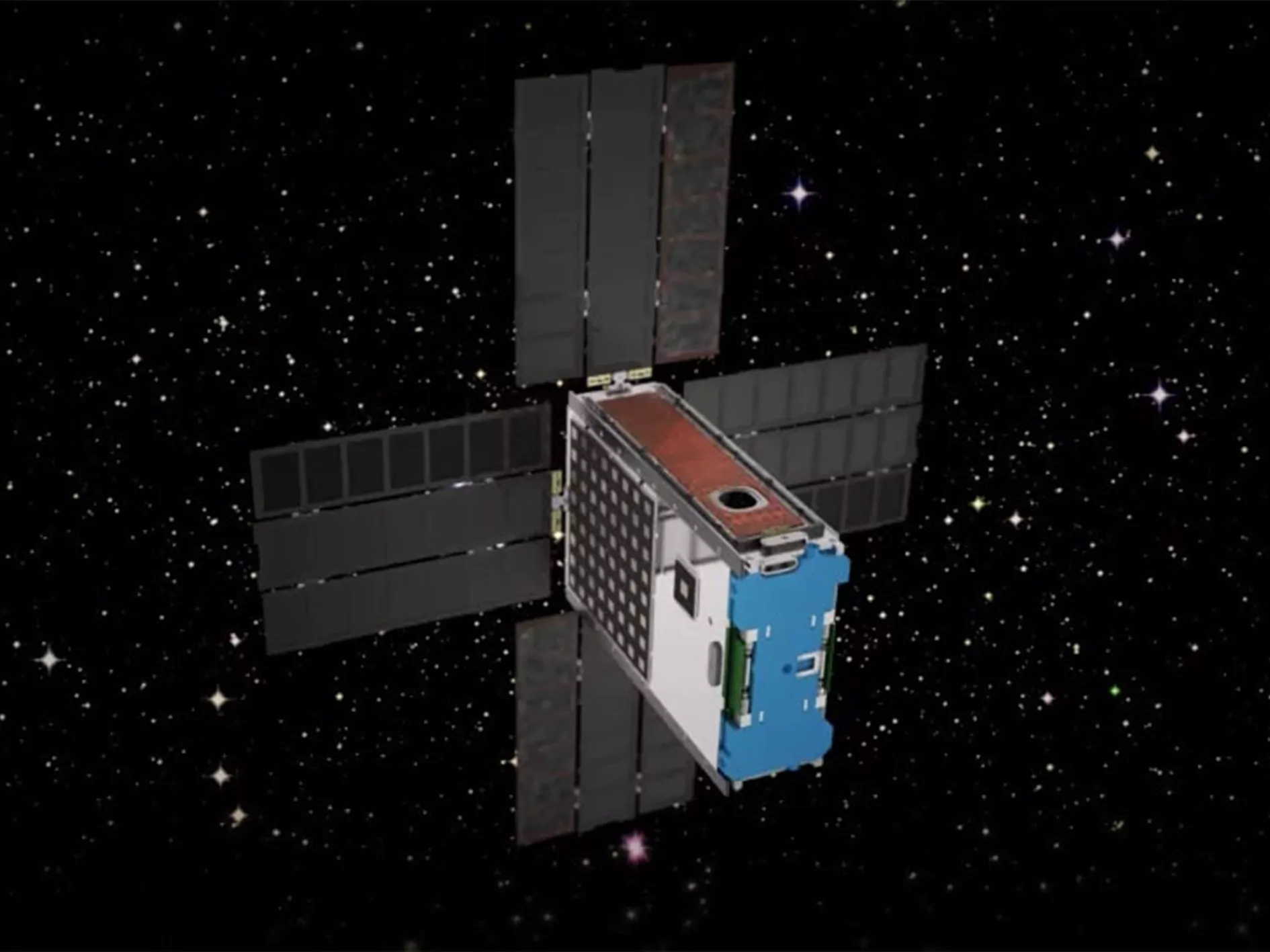It is at the earliest stage of star formation and gives an idea of what the Sun and the Solar System looked like in infancy
The James Webb Space Telescope has received an incredibly detailed image of object L1527, which, according to astronomers, is formed by a forming star. Its age is estimated at only one hundred thousand years.
«The protostar is hidden in the «neck» of the hourglass, and its protoplanetary disk, comparable in size to the Solar System, is visible as a horizontal dark line. The light from the protostar seeps above and below this plane, illuminating the cavities in the gas and dust surrounding the region,» the participants of the observations note.
Protostar L1527 has a long way to go before becoming a full-fledged star. So far, it does not generate its own energy due to the nuclear fusion of hydrogen, and its spherical shape is still unstable. At the moment, L1527 looks like a hot, plump cluster of gas with a mass of 20-40 percent solar.
